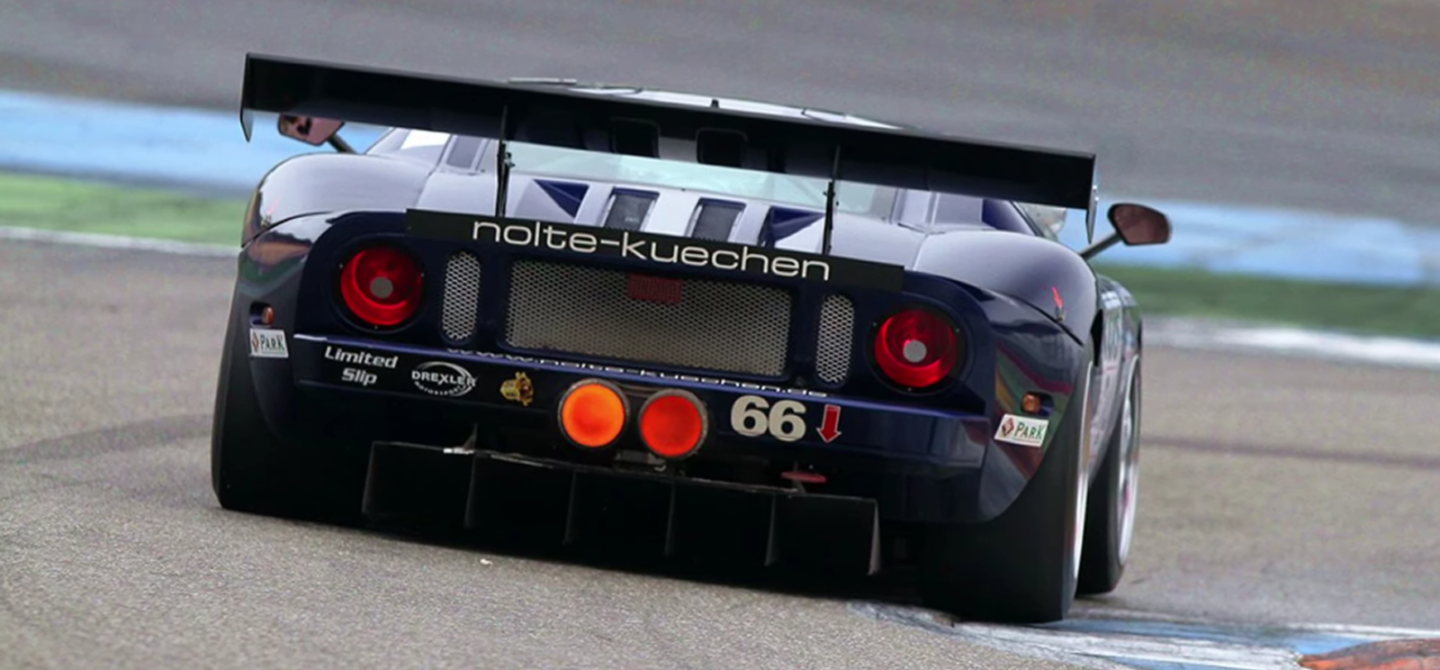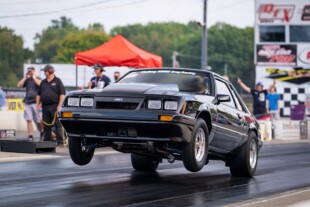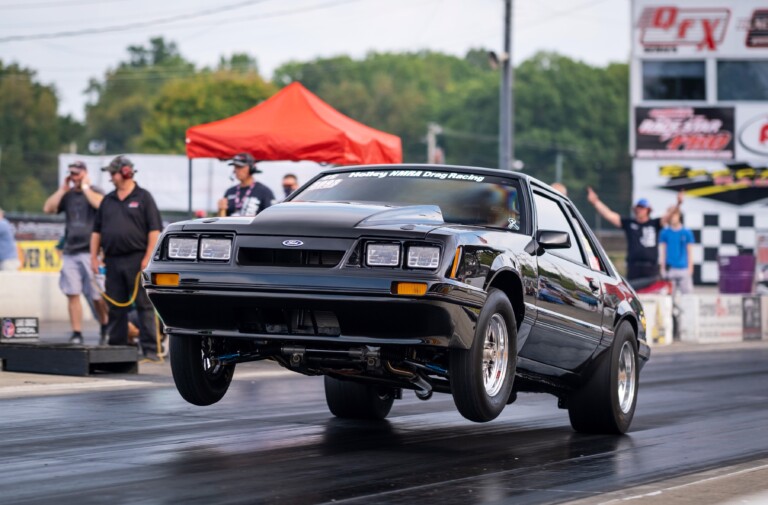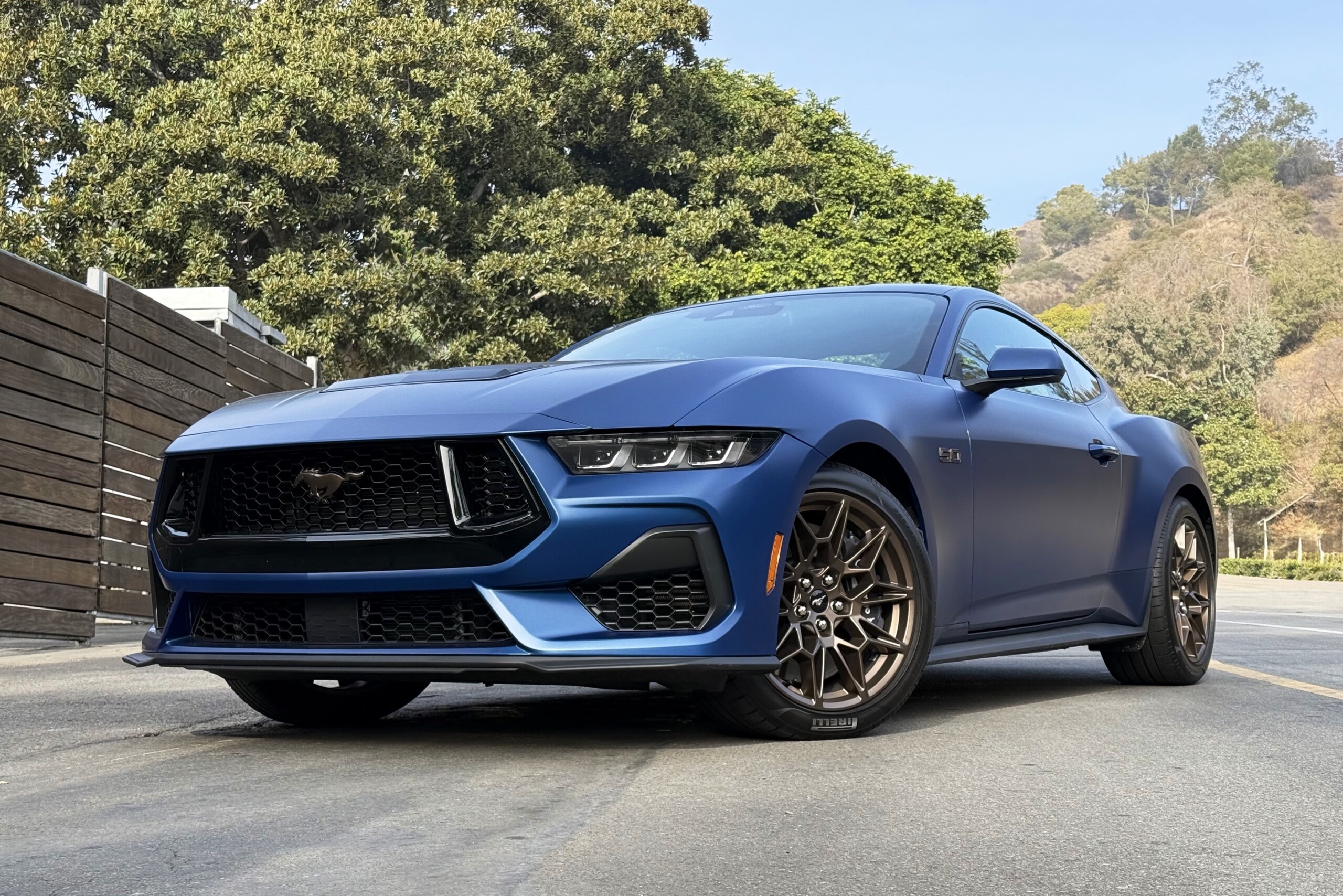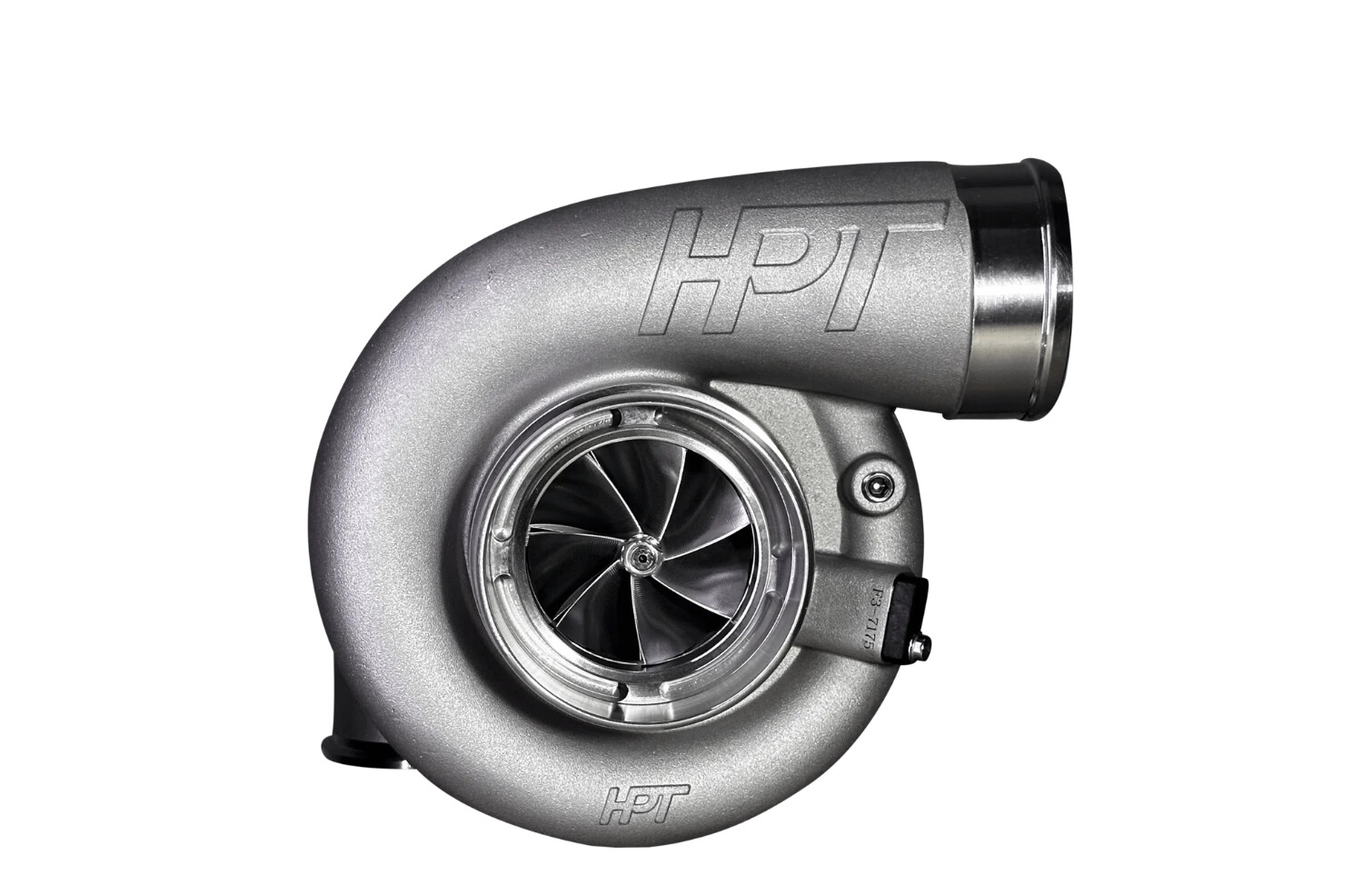The GT was an example of the retro automotive styling fashionable in the late 1990s and early 2000s really working. It was truly sleek, low-lined, elegant, and more than just a feast for the eyes. It was also very quick from the factory. The GT was balanced nicely, able to belie its weight, and very powerful with a supercharged engine making a tick over 550-horsepower. It’s fortunate that the shape and the potential of the Mk1 Ford GT attracted some European interest, enough to get a handful of these lovely cars ready for FIA GT3. However, the racing standards of the mid-2000s really were, in terms of development, eons away from what the Ford GT’s predecessor had to contend with back in the 1960s. To get the road-going GT into racing shape, it took some work.
The Swiss Connection
One Swiss racing outfit decided to take on the task themselves, Matech Concepts. Matech Concepts went ahead and fitted their GT3-spec GT with a Roush-Yates Cammer engine, a Tilton triple-plate clutch, and a Hewland sequental gearbox. Restrictors kept it from having an outright power advantage, but it boasted one of the largest displacements in the field. This was not a half-baked attempt at taking big torque to GT3 racing and wishing for the best. To be competitive in modern GT3, the car’s aero, chassis, and weight must meet certain standards.

A new wing, a front splitter, a diffuser, and rear hood vents helped direct air around this streamlined machine so that it’d have the high-speed grip needed.
After adding a set of Bilstein dampers, Lead Engineer, Andreas Hainke, revised the rear half of the of chassis and added a tubular steel section that links the FIA-spec rollcage. As we can see from the onboard footage featuring ex-DTM driver Fritz Kreuzpointer, the rearend is playful, but not unruly. Thanks to the low-end grunt, it’s able to fire off tight corners faster than Porsche 997 Cups. Anything that launches as quickly as a 911 from slow corners is truly special.
Getting the GT3 treatment improves a car’s performance in all respects, though the difference is most noticeable in braking. Michelin slicks wrapping lightweight BBS aluminum wheels lay the groundwork for shorter braking distances. A set of AP Racing brakes with six-piston calipers up front and four-pistons in the rear further improve this performance metric. To lengthen the life of the tires and aid deceleration in wet conditions, an adjustable Bosch ABS system was added.
Of course, the reduction in weight aided in the braking department. Through the extensive use of carbon fiber in both the interior and exterior body panels, Matech was able to drop weight to a very respectable 2,600 pounds. This is a serious weight savings considering the street car weighed in closer to 3,500 pounds!
A Thing Of Beauty
It’s an agile thing that keeps Herr Kreuzpointer busy and probably a little nervous, but my goodness does it deliver the goods. With that singular snarl and a tail that dances around in a twitchy, but encouraging sort of way. It’d be fun even if it wasn’t so damn fast.


